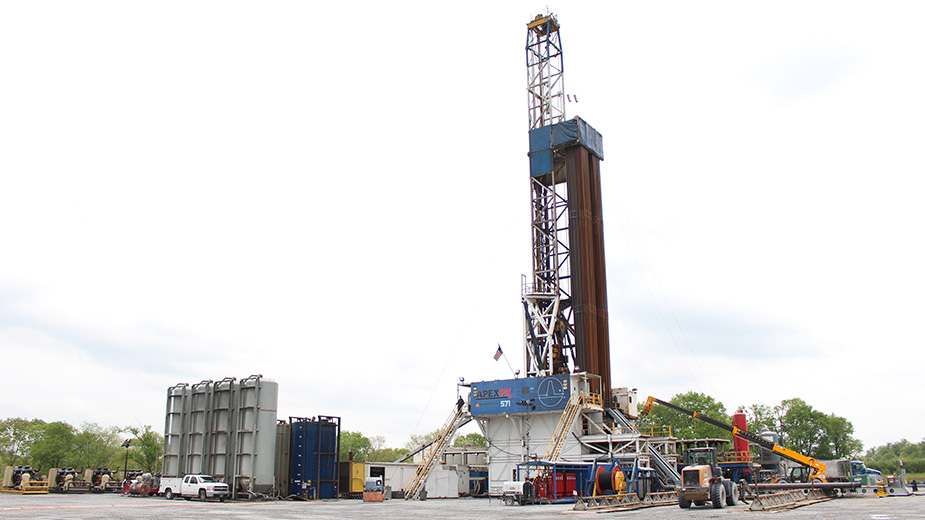CSU Study Examines Economic Opportunities of Shale
CLEVELAND – A study prepared by Cleveland State University projects that shale development in the region stands to create 20,000 jobs over the next century in midstream and downstream operations of the oil and gas industry.
The Center for Economic Development and the Energy Policy Center at CSU’s Maxine Goodman Levin College of Urban Affairs prepared the study, which it presented in three reports released today.
Researchers found that additional job and economic opportunities might exist in midstream oil and gas activity, such as transportation, storage and processing. There is also potential for more opportunity in downstream operations that include natural gas-fueled power generation, refining and compounding operations, and conversion of petrochemicals into commercial plastic products.
“The intent of the research team is to provide current and transparent data in one place showing the wide range of opportunities that shale hydrocarbons may present to Ohio,” said Iryna Lendel, co-author and associate director of the Center for Economic Development at CSU.
Andrew Thomas, co-author of the report and executive-in-residence at CSU’s Energy Policy Center, said the study suggests that Ohio could benefit from mining and deploying its natural resources regionally instead of shipping them to other markets.
“Ohio should be more than just an extractive economy in which minerals are taken out of the ground and shipped elsewhere to create wealth,” he said. “There could be opportunities to manufacture products here from local resources, employing a local workforce and building a supply chain here.”
The study finds that Ohio has “significant gaps in supplying goods and services to the Utica play.” There are also supply-chain gaps in the Tri-State region relative to providing services for downstream markets such as the petrochemical industry.
This leaves open the potential of companies expanding their businesses to Ohio to account for the shortfall, the report says.
The CSU study finds that the Utica shale deposits could be developed over the next 100 years, and will therefore require a skilled workforce to support the industry. “Even the conservative scenario illustrated that about 20,000 direct jobs in construction and maintenance of upstream and midstream infrastructure will require training of leasing agents, environmental technicians, paralegal professionals, GIS technicians, cartographers, roughnecks, rig movers, heavy equipment operators, frack crew members and general laborers.”
These activities will also require additional managers, civil, petroleum, and chemical engineers, environmental engineers, and geologists, the study finds.
Three parts of Cleveland State study:
Mapping the Opportunities for Shale Development in Ohio
Economics of Utica Shale in Ohio_ Supply Chain Analysis
Mapping the Opportunities for Shale Development in Ohio
Copyright 2024 The Business Journal, Youngstown, Ohio.


